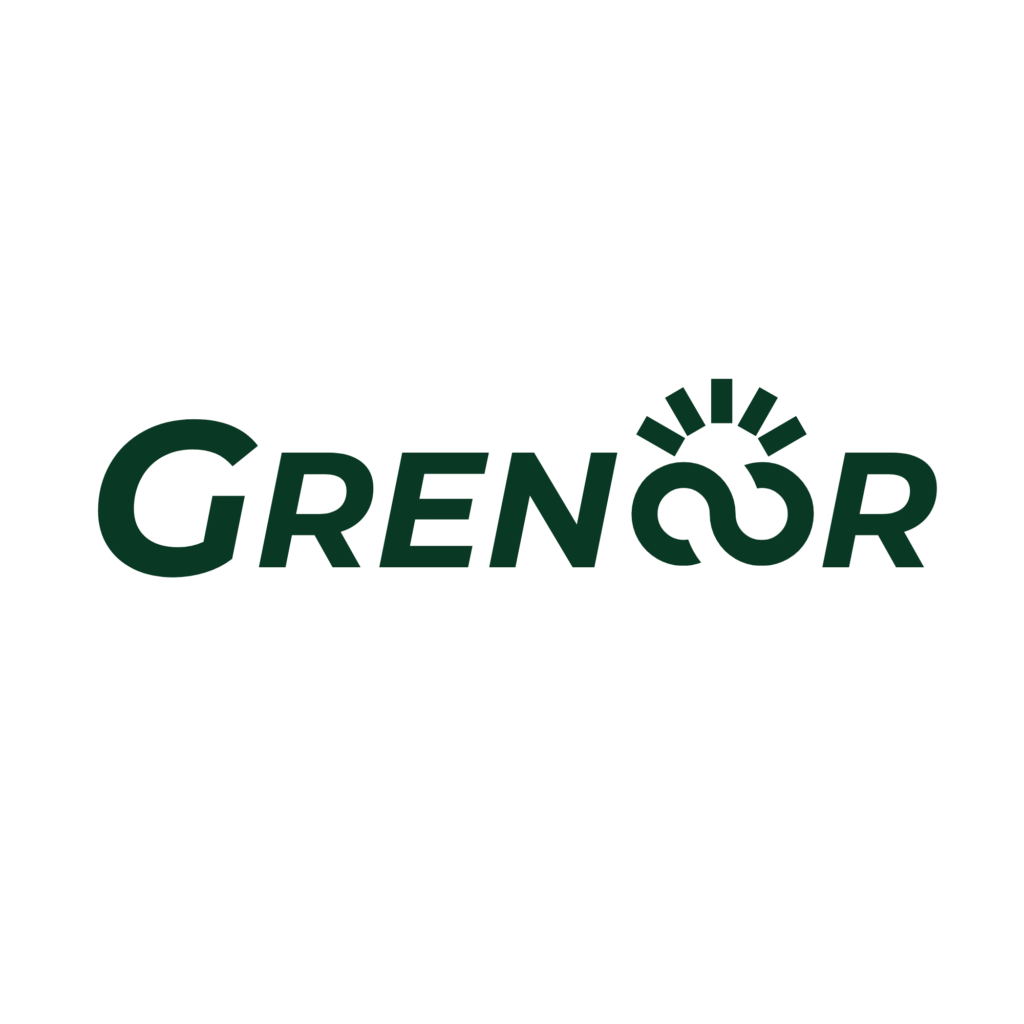
LED Lights That Are Safe for Patients and Staff
Step inside a hospital, and light is everywhere. It hums above sterile corridors, glows softly in recovery rooms, and guides surgeons through the most delicate procedures. Yet, the wrong kind of light can work against the people who need healing and those trying to help them.
That’s why more healthcare facilities are turning to LED lighting, not just for energy savings, but for comfort, safety, and reliability. At the center of this shift are retrofit-friendly solutions, such as HyLite’s Tube Lights and Omni-Bulbs.
The Cold Truth About Old Bulbs
Hospitals never sleep. That means the lights are always on. Unfortunately, many still rely on outdated fluorescent or halogen systems technologies that bring with them a host of issues. These older lights flicker, hum, and run hot. They contain mercury. They burn out at the worst moments. They cast a glare into a patient’s eyes and provide poor lighting in operating rooms.
In short… they’ve overstayed their welcome.
LEDs, on the other hand, offer a calm, cool, and consistent glow. They brighten without buzzing. They last for tens of thousands of hours. And in a place where lighting must support everything from late-night charting to life-saving surgeries, consistency matters.
Comfort and Clarity, All Shift Long
Lighting isn’t just about visibility… it plays a serious role in how patients feel and how staff perform. In hospitals, where emotions run high and precision matters, poor lighting can create some serious problems.
From the disruptive glare that keeps patients awake to the flickering fluorescents that strain nurses’ eyes during overnight shifts, the wrong lighting works against healing. HyLite’s LED retrofits solve this with thoughtful, human-centered illumination designed for comfort and clarity.
Here’s what that looks like in practice:
- Flicker-free performance that reduces eye strain during long shifts and supports restful environments for patients.
- Warm, calming tones are ideal for recovery rooms, maternity suites, and overnight care areas where rest is part of the treatment.
- High color rendering (CRI) in labs, operating rooms, and exam areas, so every detail stands out clearly, and clinical accuracy is protected.
- Customizable color temperatures that can be tailored to the specific purpose of each space, from soft hallway glows to crisp procedural lighting.
